The Royal Scam:
Conflicting names of European and American Heritage Turkeys

"What did you just say?"
So....
I stepped into the world of domesticated turkeys fairly ignorant of the subject. Cannot claim to have improved much. My real interest was wild turkeys, -some hunting but mostly just enjoying them in the wild. (and enjoying me out in the wild)
And so.....
I wing walked my way into the turkey hobby reading everything available and I was soon repeating the information to anyone who would politely humor me (While they attempted to escape back into their world of football or beer.) Are they the same thing?
After nearly sixteen or so years, I began to notice little errors in the turkey naming convention; little flags that screamed "Danger, Danger Will Robertson" (So that really dates me)
Because I had noticed that some Heritage turkey breeds appeared on both sides of the Atlantic under different names. Had I been scammed or rather fallen victim to North Americentrism misinformation?
On the bold and adventurous subject of turkeys no less?
As absurd as this might sound, Had the internet lied to me?
(So far) At least three of the breeds I had been reading about seem to appear on both sides of the Atlantic with different names:
The Royal Palm also called the Crollwitzer or Pied
The Bourbon Red also called the Dindon rouge des Ardennes
The Spanish Black, also known as the Norfolk Black
(Pretty sure I will find more "multi-labeled birds" however some of these countries have the annoying habit of not speaking English)

The Royal Palm Turkey also called the Crollwitzer or Pied in Europe

The Royal Palm Turkey Hen also called the Crollwitzer or Pied.
She is flirting (displaying her tail feathers)
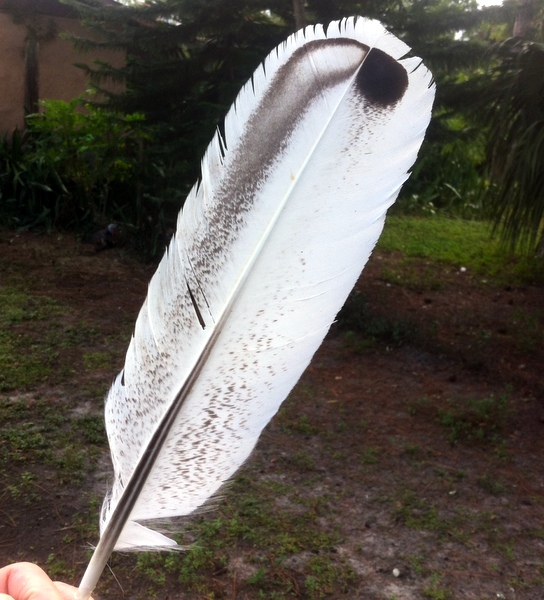
Interesting feather dropped by the Royal Palm (Pied) Tom
From the "Turkey Club UK"
The Pied turkey has been in existence in Europe since the 1700s. It is very ornamental and a popular exhibition bird. The Pied is more suited as an egg producer than meat bird.
From the Livestock Conservancy (USA)
The Royal Palm is a strikingly attractive and small-sized turkey variety. The first birds in America to have the Palm color pattern appeared in a mixed flock of Black, Bronze, Narragansett, and Wild turkeys on the farm of Enoch Carson of Lake Worth, Florida in the 1920s. Further selection has been made since then to stabilize the consistency of color and other characteristics.
This Turkey breeder in the United Kingdom states the Pied originated in the states. (Now I am confused)
From "Me" Did this same color pattern appear on both sides of the Atlantic or was there some "turkey trans-Atlantic shipping" going on back when there were not any custom agents to be bribed? ---Don't know---But I do know people are amazed at this black and white pattern!

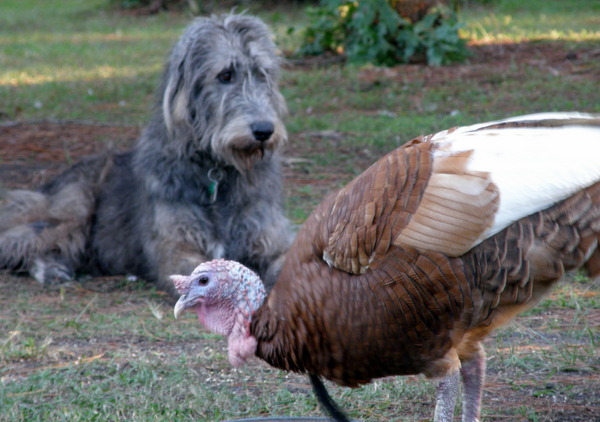
Bourbon Red verses the Red Turkey of the Ardennes "Dindon rouge des Ardennes"
Association for Promotion of Belgian Poultry lists the Red Turkey of the Ardennes & Ronquieres turkey.
The Ardennes Red in the photos I can find has some with white wings and some with reddish wings.
The Live Stock conservancy has a wonderful description of the history of this type in the United States
I sort of enjoyed the fact that I had never heard of the "Dindon rouge des Ardennes until I was reading Roys Farm in Bangladesh. (age of the internet)
And then recently I came across this wonderful old painting by Frans Snijders:
Had I been scammed again?
Have to repeat:
Did this same color pattern appear on both side of the Atlantic or was there some "turkey trans-Atlantic shipping" going on back when there were not any custom agents to be bribed?

Flemish painter Frans Snijders (1579-1657)
"Turkey and Cock fighting"
Amazing painting!
Miscellaneous other Turkey Art

So I have always repeated the story that the Bourbon Red Turkey "appeared" in Kenn-turkey (Kentucky) & then followed the friendly European advance across the continent. Not so sure about accuracy of that story now.
However I have to admit the Bourbon Red is a bit darker than some of the Belgian versions.

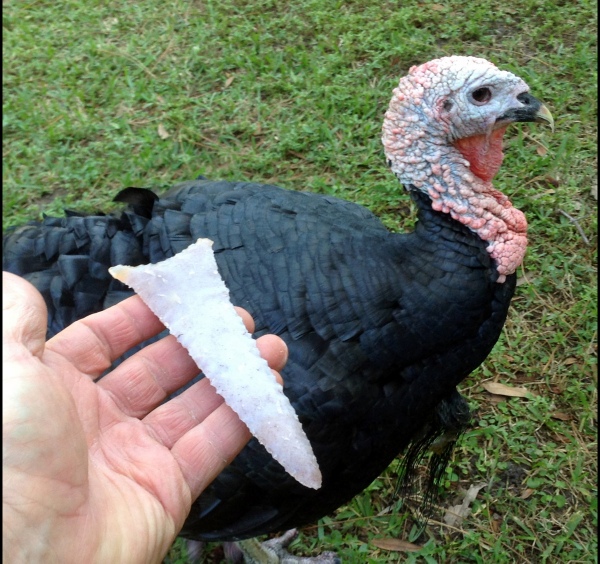
Spanish Black (USA) versus the Norfolk Black (UK)
There appears to be agreement, that is the same bird, regardless of the name
From the UK Turkey Club:
"The Black turkey is believed to have been brought to England via Spain in the 1500s. Many farmers in East Anglia and especially Norfolk liked and kept this bird, hence its name. The Norfolk Black has developed over the centuries through selective breeding is now recognized as English in origin. It was taken back to America in the 1600s where it was crossed with the Eastern Wild and from those matings came the Slate, Narragansett and Bronze."

What a great story of the family that saved the Norfolk turkey in the United Kingdom.
Are bones discovered under an Exeter street from the first turkey dinner in England?
Spanish Black/Norfolk Black?
And the good folks of the Untied Kingdom suggest to "Hang" the Norfolk Black Turkey for ten days to improve the flavor. (The turkeys are Game Birds)
All I can say is 'interesting'-not sure what to think about that.....It's right up their with my wife eating sashimi. Could I start a craze for 10 day old turkey.....?

Ronquieres
turkey ?
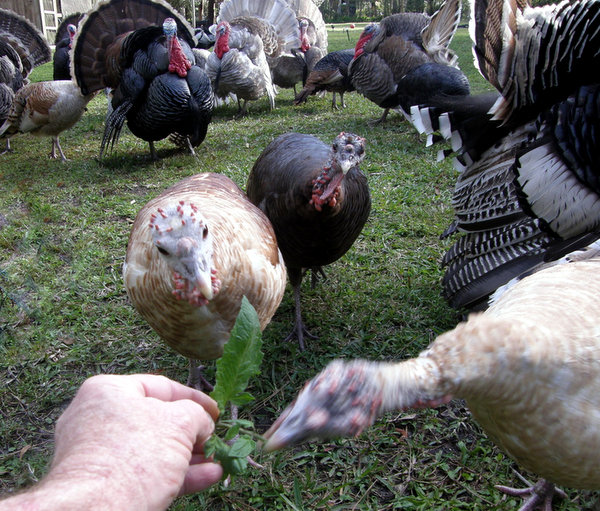
The Ronquieres turkey takes its name from a small village near the Belgian capital of Brussels called Ronquiere and is a pure bred bird.
My version of the Ronquieres hens in the photo above resulted from crossing eastern wild, Bourbon Red and Royal palm turkeys. (mongrels)
Interesting..... Many of the hatcheries are carrying new breeds of turkeys as this web site called Feathered Reptiles and the mention many of their stock came from Porters Rare Heritage Birds. http://www.porterturkeys.com/

Contact us at: Clovis636@aol.com
Return Home from Conflicting Turkey Names page

My next book "Surviving Kennedy Space Center" available on Amazon, September 16, 2025
Peek behind the curtains of the space center
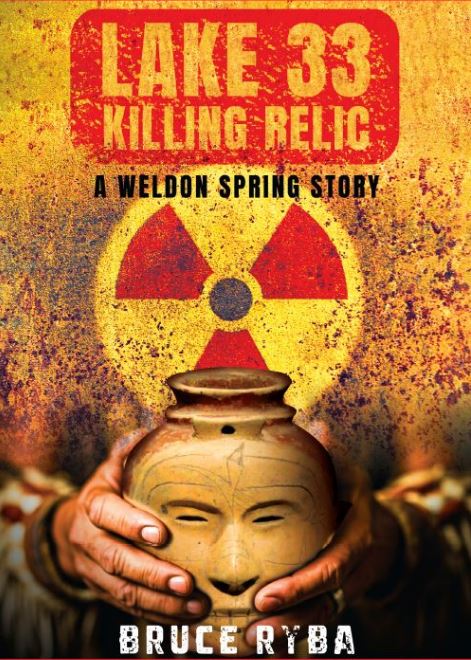
Lake 33 Killing Relic (navigates to my other web site)
Eastern Missouri, a little radioactive waste and a possible ghost, what could go wrong?
Do you need the perfect gift?
For pet lovers around the globe, "It's a Matter of Luck" is a collection of heart warming stories of horse rescues from the slaughterhouse.
Available on Amazon:

It's a Matter of Luck: Inspirational, Heartfelt Stories of Horses Given a Second Chance.
by Kim Ryba & Lina T. Lindgren
Warning: This book may cause your eyes to water -in a good way. (speaking from experience after reading it)
Please give Kim and Lina a heartfelt review on Amazon!

Author Bruce Ryba at Kennedy Space Center Launch Pad 39B & Artemis 1. "We are going to the Moon!"
Author's discussion (that's me) on You Tube of a book review on Amazon
My Facebook page Pet Turkeys You can always check in and say hello!
For the video versions of information, please check out my YouTube Channel (Turkeys, KSC, Flintknapping, dive stories etc.)

Book One of Florida History:
Freedoms Quest Struggle for the Northern Frontier and lost tales of old Florida
Fiction & language warning.
Available on Amazon

Desperate times call for bold action.
In a desperate move to retain Florida and protect the treasure-laden galleons on their dangerous return journey to Europe, the King of Spain issues a royal decree offering refuge to all English slaves who escape Florida and pick up a musket to defend the coquina walls of Saint Augustine.
In another bold gamble, the King offers refuge to the dissatisfied Indian nations of the southeast who will take up arms against the English.
Clans, traumatized by war and disease, cross the Spanish Frontier to settle the cattle-rich land and burned missions of Florida.
Follow the descendants of the conquistador Louis Castillo in remote Spanish Florida, a wildland swept by diseases, hurricanes, and northern invasions.
Book Two: Available on Amazon

